|
|
 |
| |
Zero Burning in Land Clearing
|
The Group adheres to a strict zero-burning policy in land clearing for both new planting and replanting. Instead of open burning, remnant vegetation is felled, shredded, and spread as mulch to biodegrade. This approach keeps the air smoke-free while improving soil structure, returning nutrients gradually, and lowering fertiliser requirements during the immature period.
Zero burning is contractually mandated for all land-clearing contractors and supported by clear signage on site. We also conduct regular briefings with employees and engage local communities and stakeholders to maintain awareness and ensure consistent implementation. |
|
|
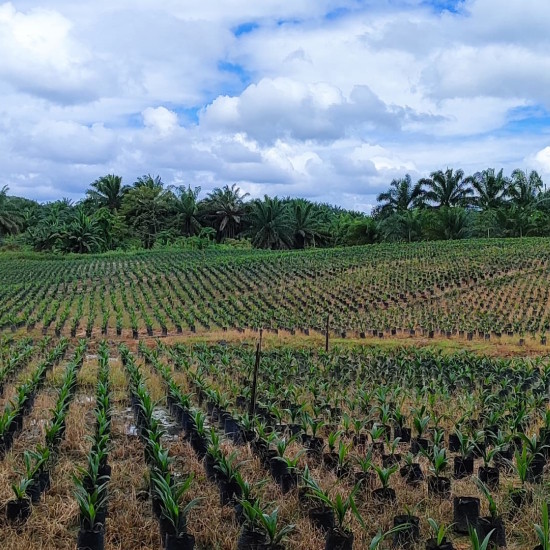 |
|
|
 |
 |
|
Soil Decompaction
|
To ensure strong early growth, soils are mechanically de-compacted during land preparation.
Subsoil ripping and ploughing break up hardpans, enhance aeration and water infiltration, and reduce resistance to root development.
These practices create favourable conditions for both oil palm seedlings and cover crops to establish quickly and uniformly. |
|
|
|
 |
Cover-Crops
|
We invest in timely establishment of cover crops to ensure minimal exposed soil after land preparation.
A well-designed cover-crop mix protects against erosion, improves moisture retention and soil structure, and suppresses woody and grassy weeds.
This reduces the need for mechanical and chemical interventions, supports soil health, and creates better conditions for young palms to establish evenly. |
|
|
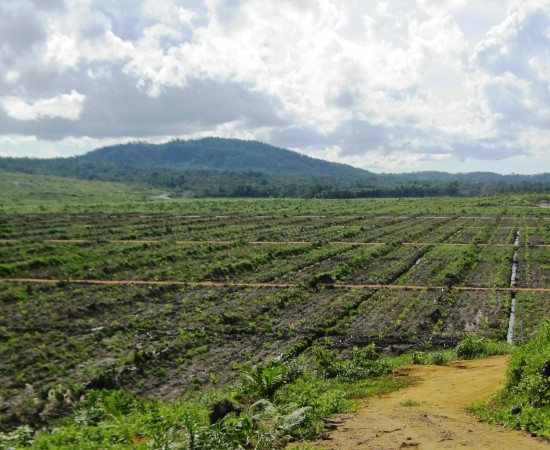 |
|
|
 |
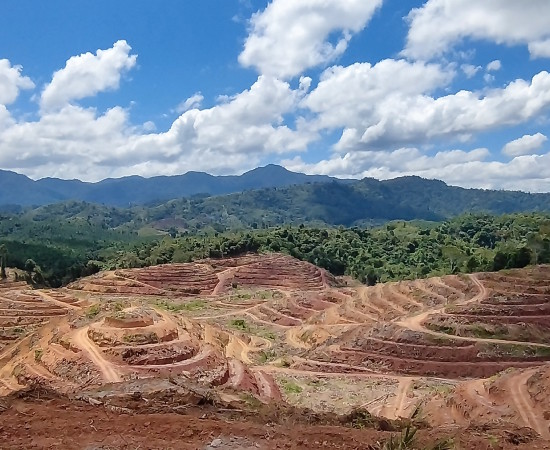 |
|
Terracing
|
Where slopes are significant, contour terraces are engineered along natural contours to stabilise soils and reduce runoff velocity.
Terracing improves water infiltration, minimises erosion and sediment loss, and creates safer, more accessible platforms for field operations and FFB evacuation.
Design and maintenance include proper drainage and regular upkeep to preserve terrace integrity and field safety. |
|
|
|
 |
Riparian Reserves
|
| Riparian reserves—buffer areas between plantations and waterways—are critical habitats for flora and fauna and essential for safeguarding water and soil quality. We map and designate riparian buffers within our estates and conserve them through: |
| |
- Vegetative cover: Establishing leguminous cover crops and suitable native vegetation to stabilise banks, reduce erosion and runoff, and enrich soils with organic matter.
- Weed and soil management: Using groundcover to suppress invasive weeds, reduce disturbance, and improve soil structure and fertility.
- Operational safeguards: Maintaining clear setbacks, minimising disturbance within buffer zones, and signposting to reinforce good practices among workers and contractors. These measures help protect aquatic ecosystems, improve landscape connectivity, and contribute to resilient, sustainable production.
|
|
|
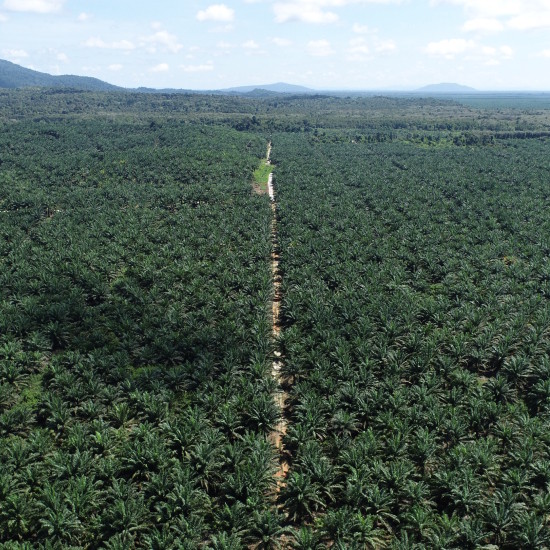 |
|
|
 |
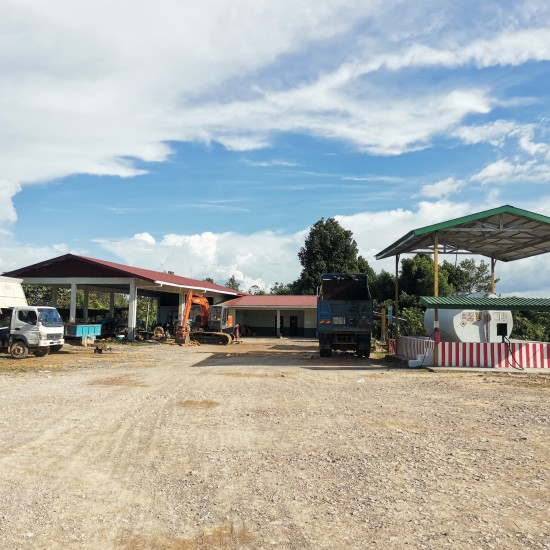 |
|
Reduction of Greenhouse Gas (GHG) Emissions
|
| GHG emissions from oil palm operations are mainly carbon dioxide (CO₂), with smaller amounts of methane (CH₄) and nitrous oxide (N₂O). Key sources include estate and mill operations (fuel and electricity), nutrient management (fertiliser application), and methane from palm oil mill effluent (POME). |
| |
| Biogas & Renewable Energy |
| |
- We operate three methane-capture and power-generation plants (one at each mill) to avoid/abate CH₄ from POME and supply low-cost steam and electricity to milling and downstream activities.
- Our Kota Tinggi project was the first POME-biogas project registered under the UNFCCC Clean Development Mechanism (CDM).
- Investments in pollution control (GHG capture, dust reduction, improved POME treatment) total ~RM39 million to date.
|
|
|
|
 |
Effluent Management
|
Palm Oil Mill Effluent (POME) is a major by-product of FFB processing. We treat and monitor POME to meet the Environmental Quality (Industrial Effluent) Regulations 2009. Competent personnel oversee operations, DOE officers conduct regular inspections and sampling, and recent reports confirm compliance at our final discharge points.
We continue to review system performance and strengthen controls to ensure consistent environmental protection. |
|
|
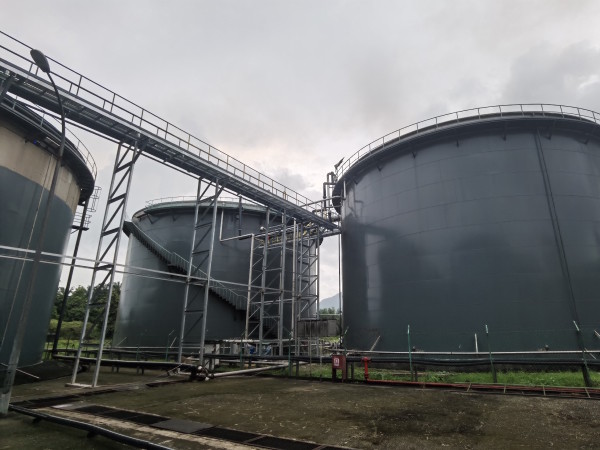 |
|
|
| |
| The details of the POME produced during the financial year by our palm oil mills are as below: |
|
| |
|
|
| POME produced (MT per MT of FFB processed) |
0.61 |
0.62 |
| Greenhouse gases captured (M3 per MT of FFB processed) |
20.25 |
22.18 |
|
|
| |
In addition, the POME is also used as fertiliser by land application.
POME application as fertilisers helps add extra nutrients to the soil hence boost yields of oil palm. |
|
|
| |
|
|
| |